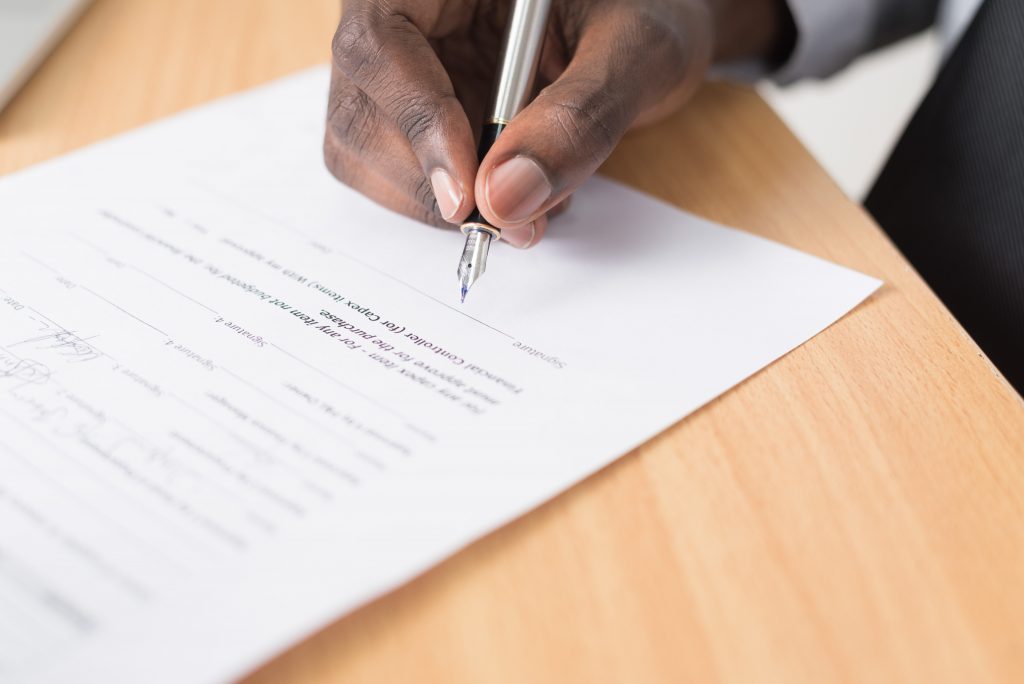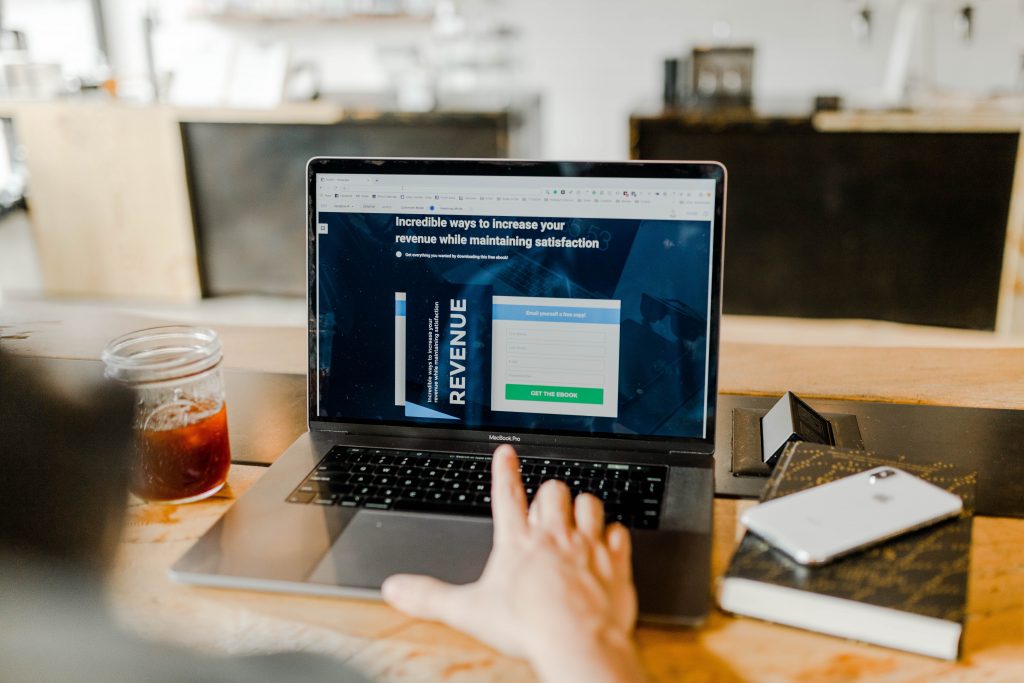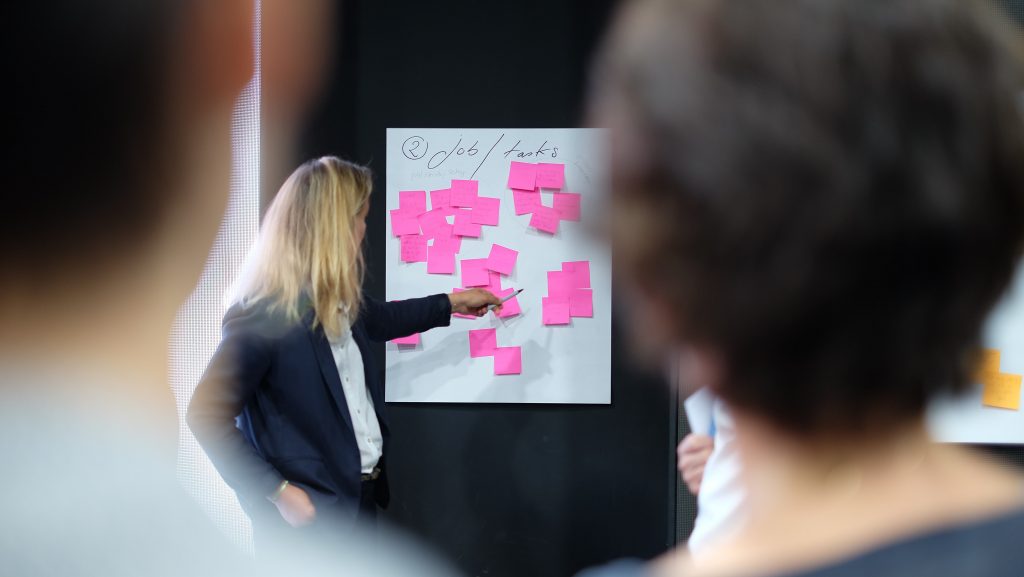Vallit has extensive experience in providing damage opinions for patent infringement matters. Each case provides a different set of facts, circumstances and characteristics that calls for specific damage measurements. The common damage remedies for patents include: (1) reasonable royalty, (2) use of the Georgia-Pacific Factors, (3) unjust enrichment calculations, (4) actual loss, and (5) actual costs.
Click to navigate to a section on the page
Reasonable Royalty
Vallit has extensive experience in providing reasonable royalty calculations for patent infringement matters. Vallit analyzes all financial aspects of the patent and works with the client and other industry experts to analyze the characteristics of the patent.


Georgia Pacific Factors
In Georgia-Pacific Corp. v. United States Plywood Corp., 318 F. Supp. 1116 (S.D.N.Y. 1970), mod. and aff’d, 446 F.2d 295 (2d Cir. 1971), cert. denied, 404 U.S. 870 (1971), the court came up with an approach to calculating reasonable royalty damages. The court determined that a hypothetical negotiation between a willing licensor and a willing licensee at the time of the infringement can be a method to determine reasonable royalty damages. The court determined 15 factors that should be considered and used when determining a reasonable royalty under the hypothetical scenario. The 15 factors are as follow:
- The royalties received by the patentee for the licensing of the patent in suit, proving or tending to prove an established royalty.
- The rates paid by the licensee for the use of other patents comparable to the patent in suit.
- The nature and scope of the license, as exclusive or non-exclusive; or as restricted or non-restricted in terms of territory or with respect to whom the manufactured product may be sold.
- The licensor’s established policy and marketing program to maintain his patent monopoly by not licensing others to use the invention or by granting licenses under special conditions designed to preserve that monopoly.
- The commercial relationship between the licensor and licensee, such as, whether they are competitors in the same territory in the same line of business; or whether they are inventor and promoter.
- The effect of selling the patented specialty in promoting sales of other products of the licensee; the existing value of the invention to the licensor as a generator of sales of his non-patented items; and the extent of such derivative or convoyed sales.
- The duration of the patent and the term of the license.
- The established profitability of the product made under the patent; its commercial success; and its current popularity.
- The utility and advantages of the patent property over the old modes or devices, if any, that had been used for working out similar results.
- The nature of the patented invention; the character of the commercial embodiment of it as owned and produced by the licensor; and the benefits to those who have used the invention.
- The extent to which the infringer has made use of the invention; and any evidence probative of the value of that use.
- The portion of the profit or of the selling price that may be customary in the particular business or in comparable businesses to allow for the use of the invention or analogous inventions.
- The portion of the realizable profit that should be credited to the invention as distinguished from non-patented elements, the manufacturing process, business risks, or significant features or improvements added by the infringer.
- The opinion testimony of qualified experts.
- The amount that a licensor (such as the patentee) and a licensee (such as the infringer) would have agreed upon (at the time the infringement began) if both had been reasonably and voluntarily trying to reach an agreement; that is, the amount that a prudent licensee—who desired, as a business proposition, to obtain a license to manufacture and sell a particular article embodying the patented invention—would have been willing to pay as a royalty and yet be able to make a reasonable profit and which amount would have been acceptable by a prudent patentee who was willing to grant a license.
Vallit members have extensive experience calculating and determine reasonable royalty damages for patent infringement matters.
Unjust Enrichment
There are some instances where the infringer of a patent benefits from the use and infringement from the patent owner. Revenues and profits may increase and/or expenses may have decreased as a result of the infringement. Unjust enrichment damages focuses the damages calculations on the infringer and determine what profits, if any, were unjustly enriched by their use and infringement of the subject patent. Vallit team members have extensive experience in analyzing the financial performance of the infringer and determining the revenue, avoidable costs and profits associated with the infringing acts.


Actual Loss (Lost Profits/Lost Value)
In some patent infringement matters, the patent owner suffered consequential damages as a result of the infringement. Those damages can in the form of lost profits (a temporary measure) or lost value (a permanent measure). One of the key considerations for actual loss is the four Panduit factors. In Panduit Corp. v. Stahlin Bros. Fibre Works, Inc., 575 F.2d 1152 (6th Cir. 1978), the court determined and applied four factors as it relates to lost profits. Those four factors that must be considered and established in a lost profits calculation are:
- Demand for the patented product
- Absence of acceptable non-infringing alternatives
- Manufacturing and marketing capability to exploit the demand
- The amount of profit it would have made
Vallit has extensive experience in applying and considering the four Panduit factors when calculating lost profits for patent infringement matters.
Actual Costs
In some instances, the patent owner may have incurred additional costs as a result of the infringer infringing on its patent. In this instance, a review of the financial performance of the infringed patent owner during the specified time period may indicate additional expenses that were incurred that directly resulted from the patent being infringed upon. These costs may also relate to mitigation efforts by the patent owner.

Ready to get in touch with a Vallit Advisor?
Our Services
Providing a Clear View of The Financial Picture
Vallit is focused solely on dispute consulting, business valuation and forensic accounting. Our senior team members have testified over 200 times in Federal, State and International courts. Our dispute expertise ranges from family law to complex commercial and intellectual property matters in a wide variety of industries. In non-disputes, our valuation reports are relied on by estate and trust attorneys, auditors, and business decision makers for tax, financial reporting and transaction purposes.
